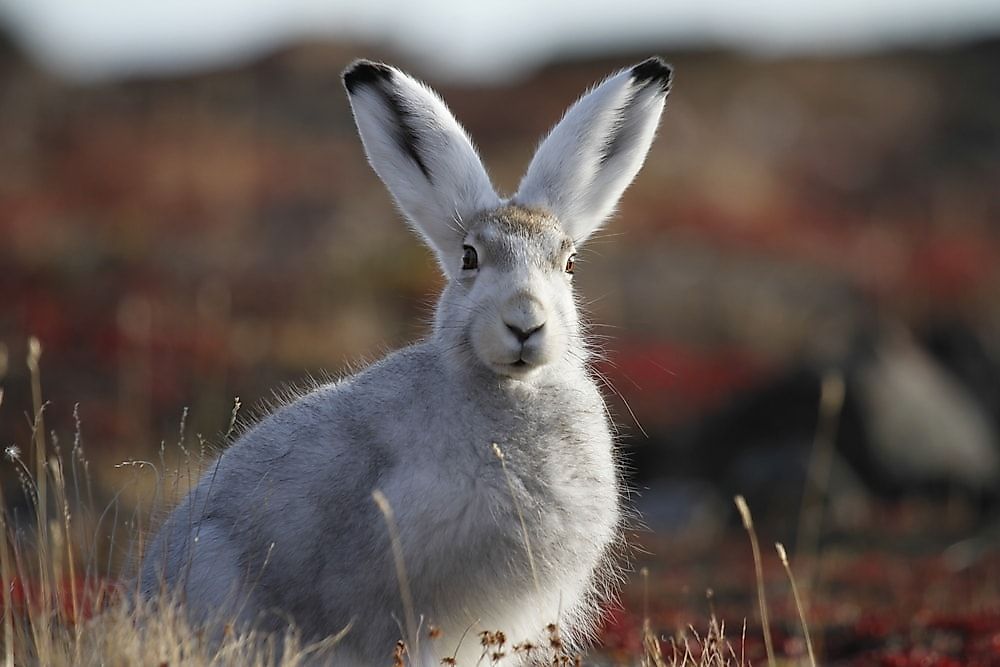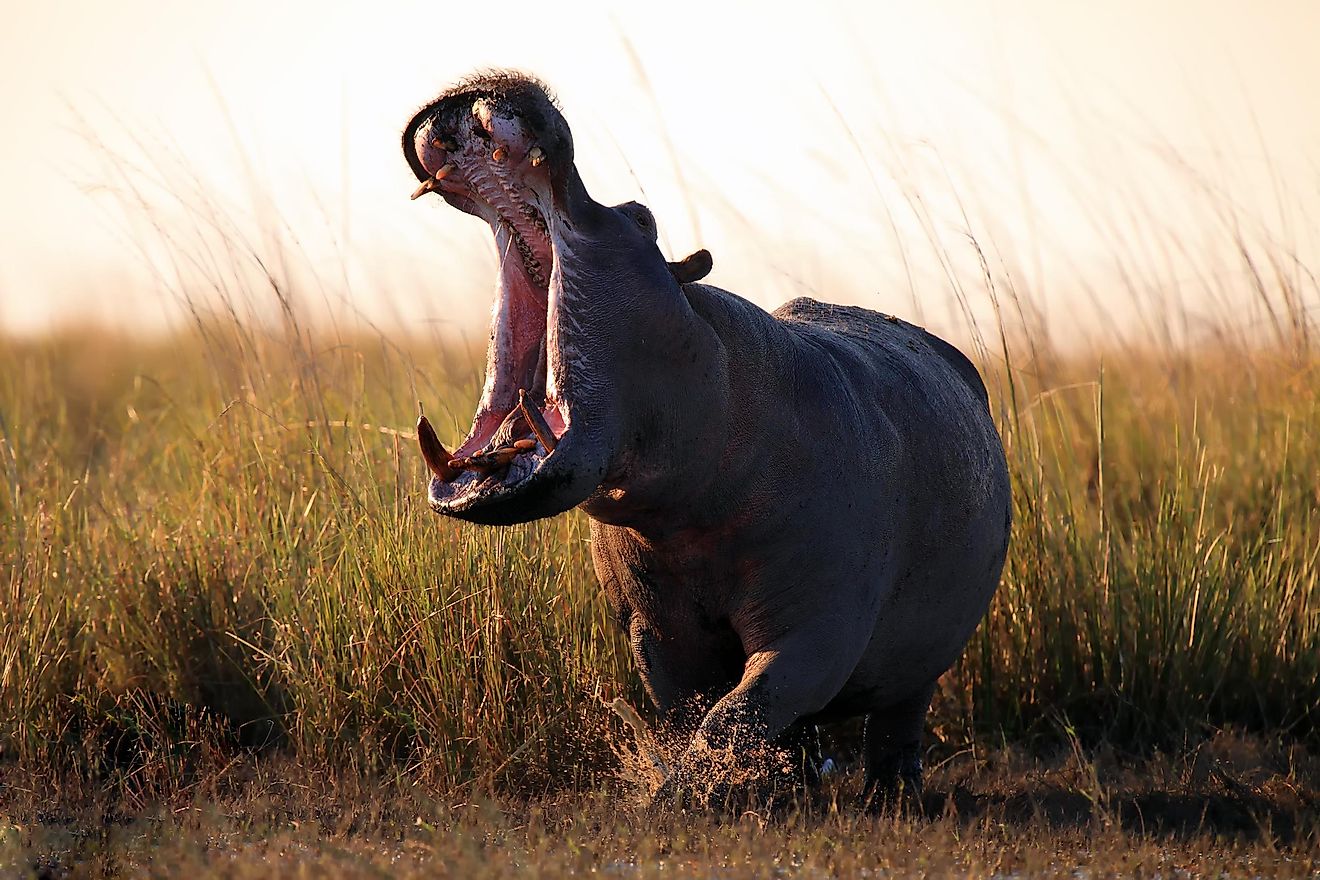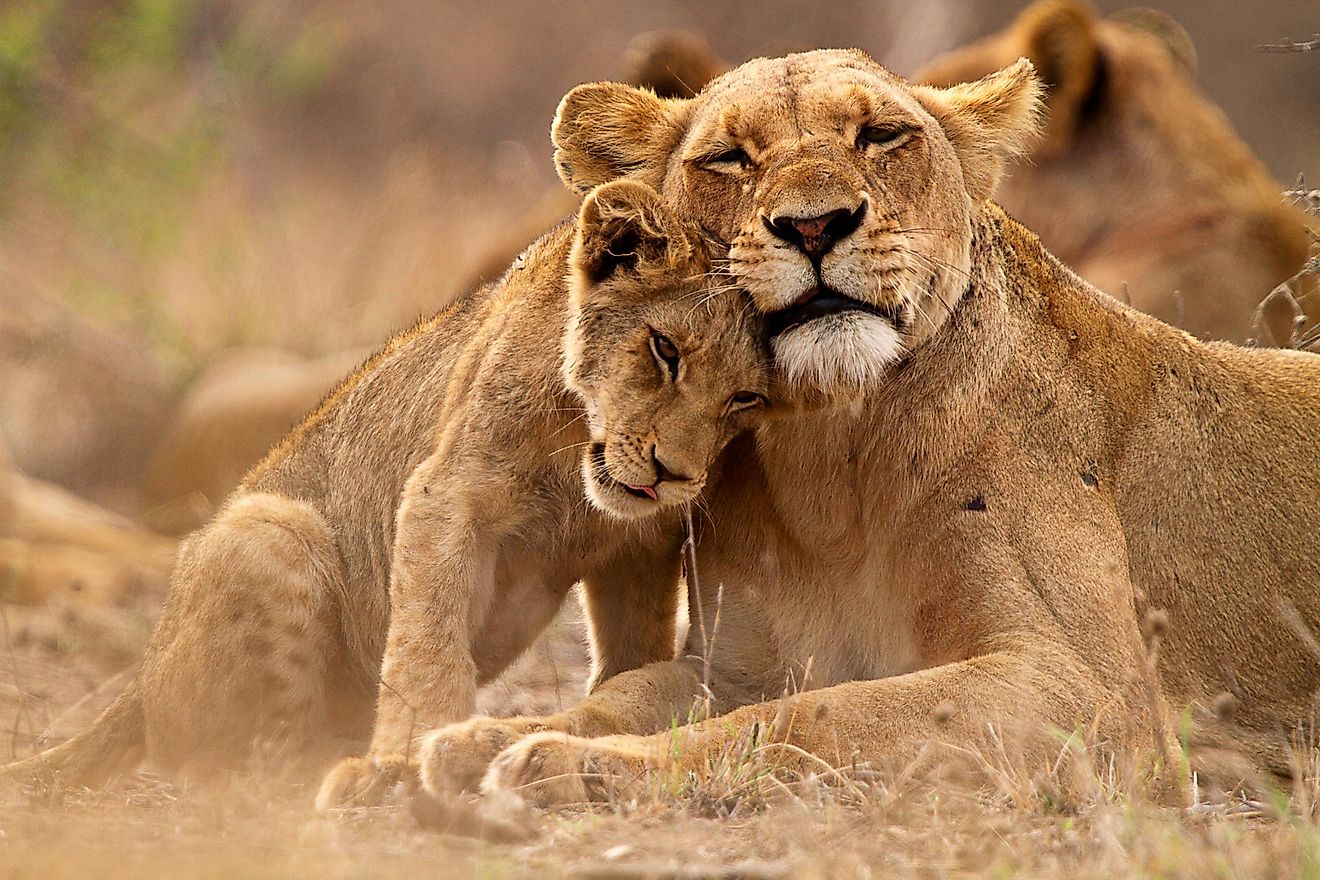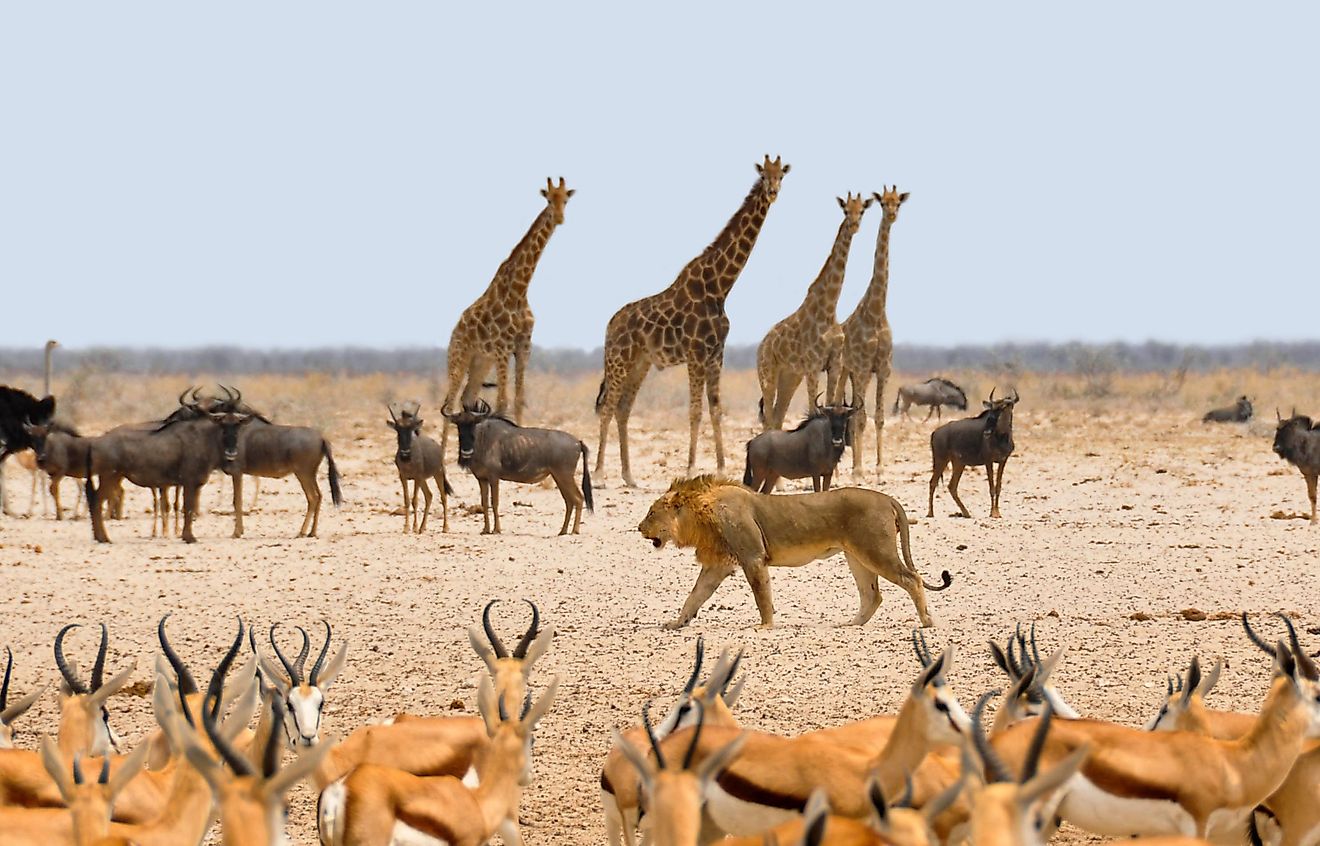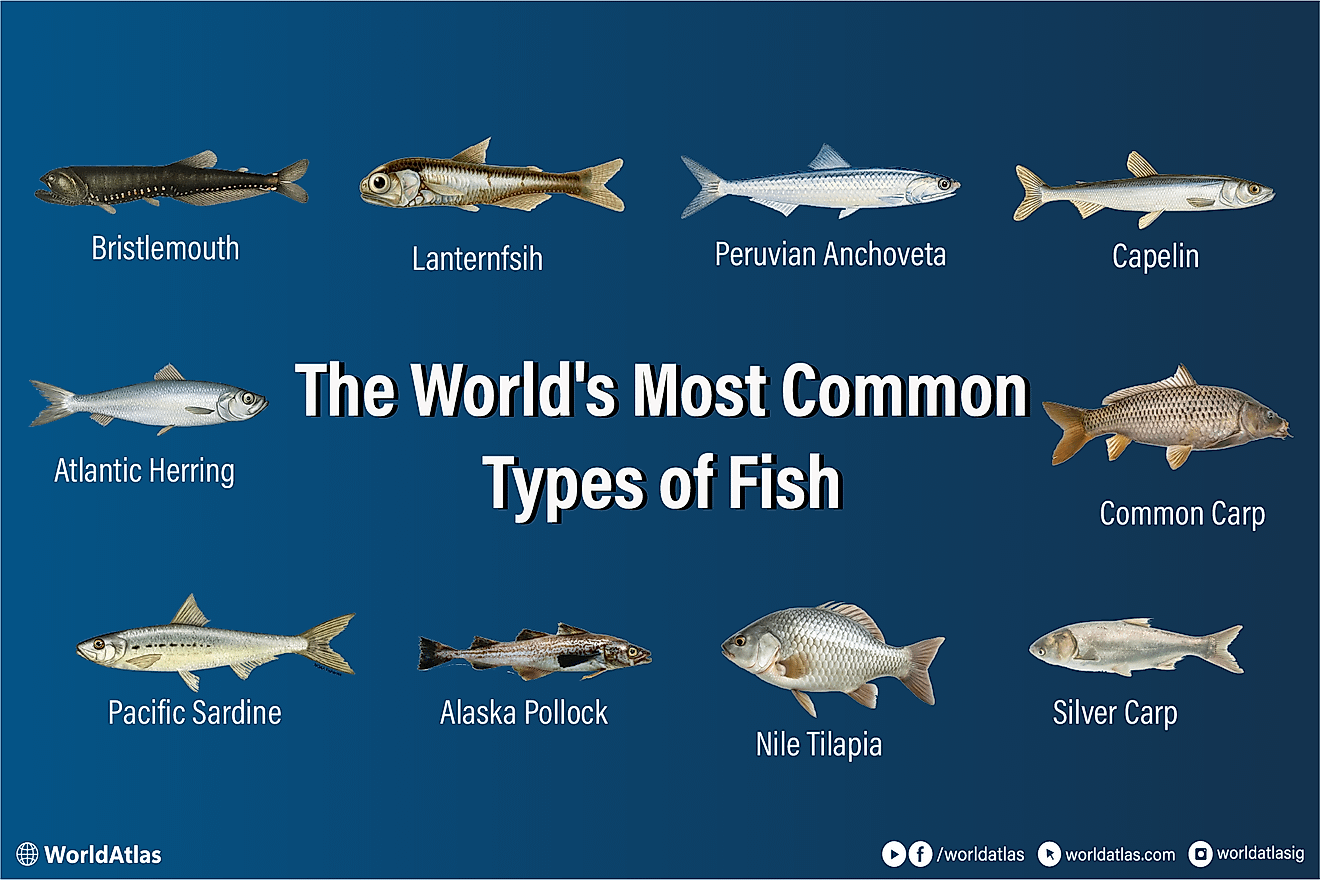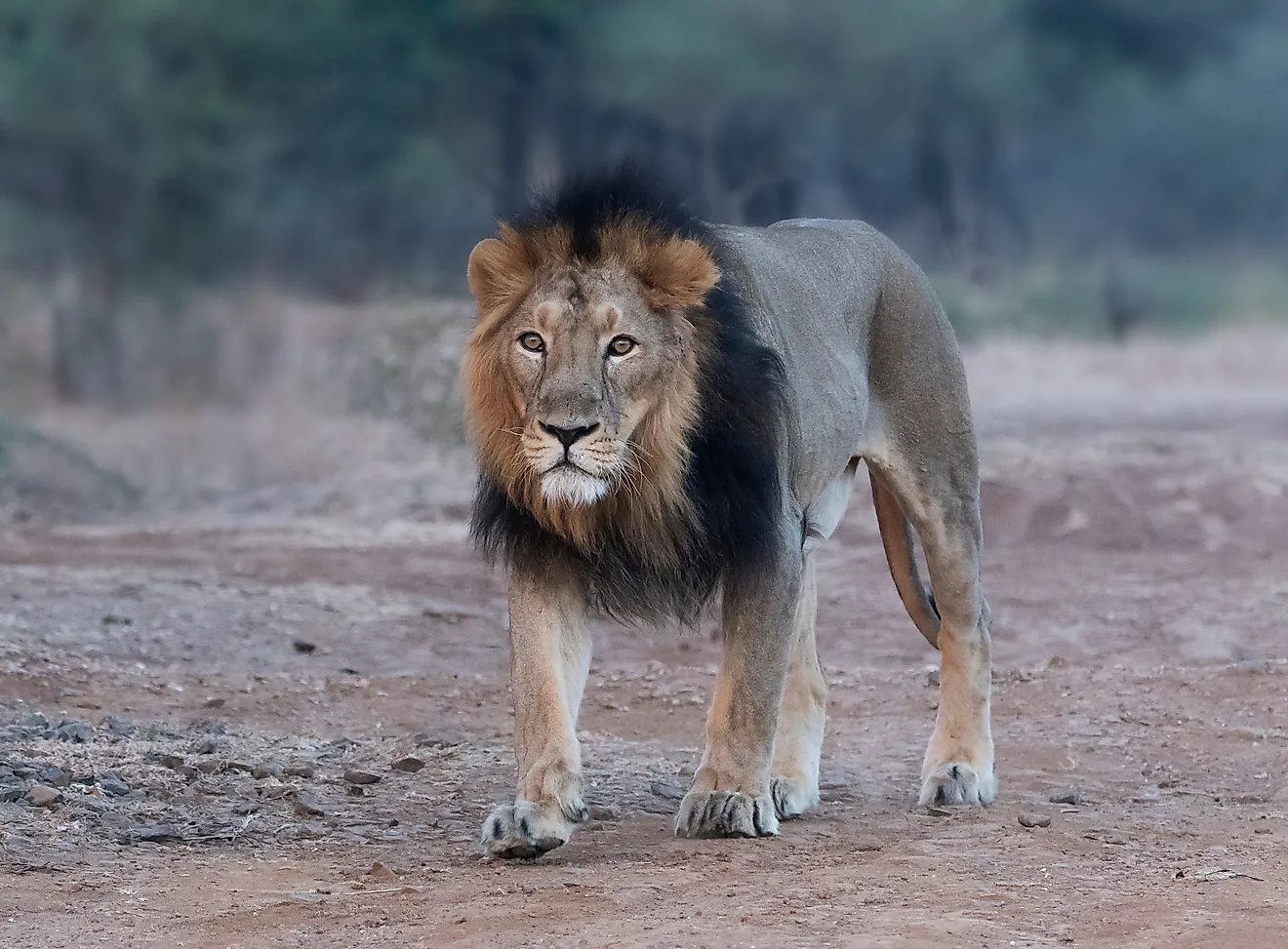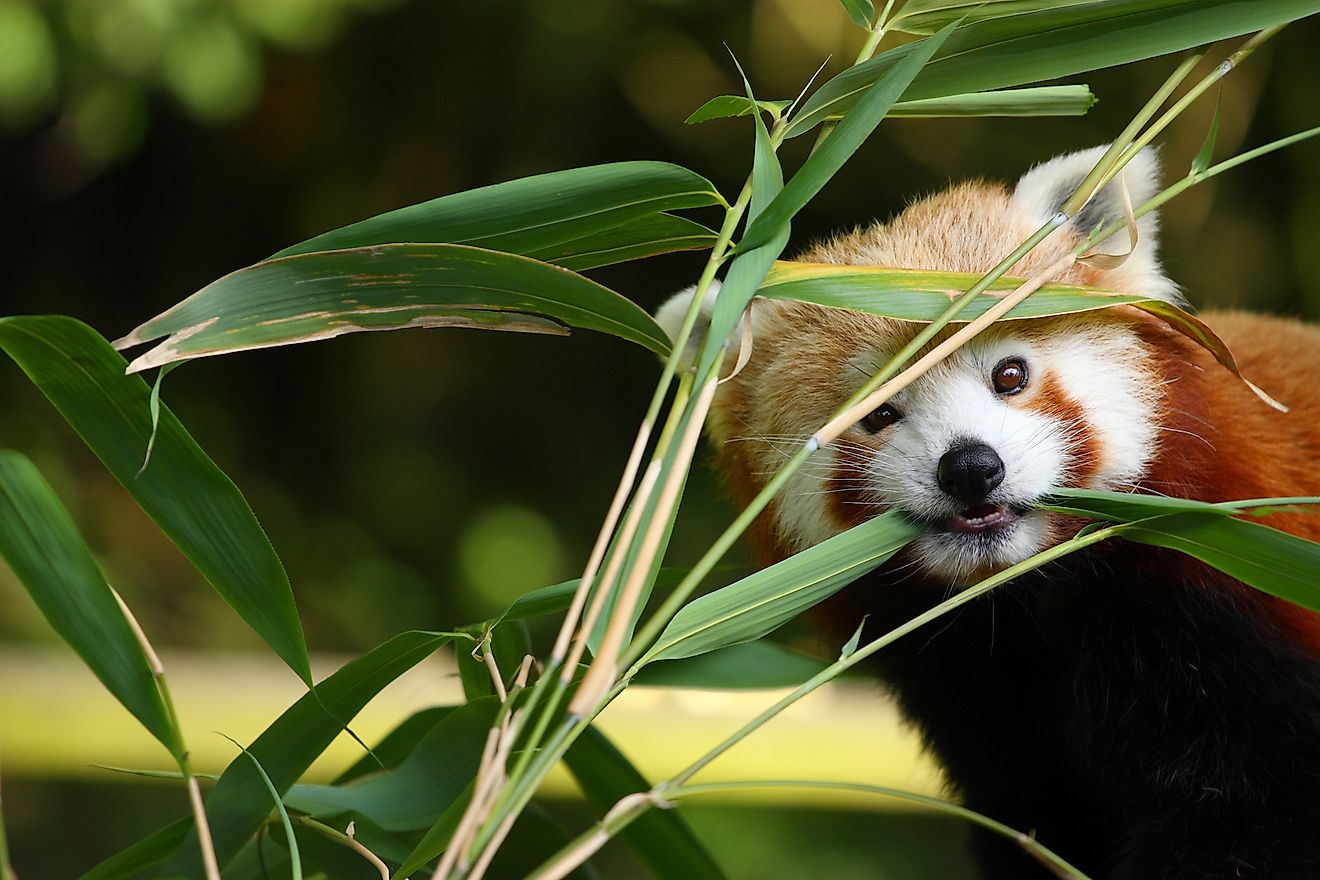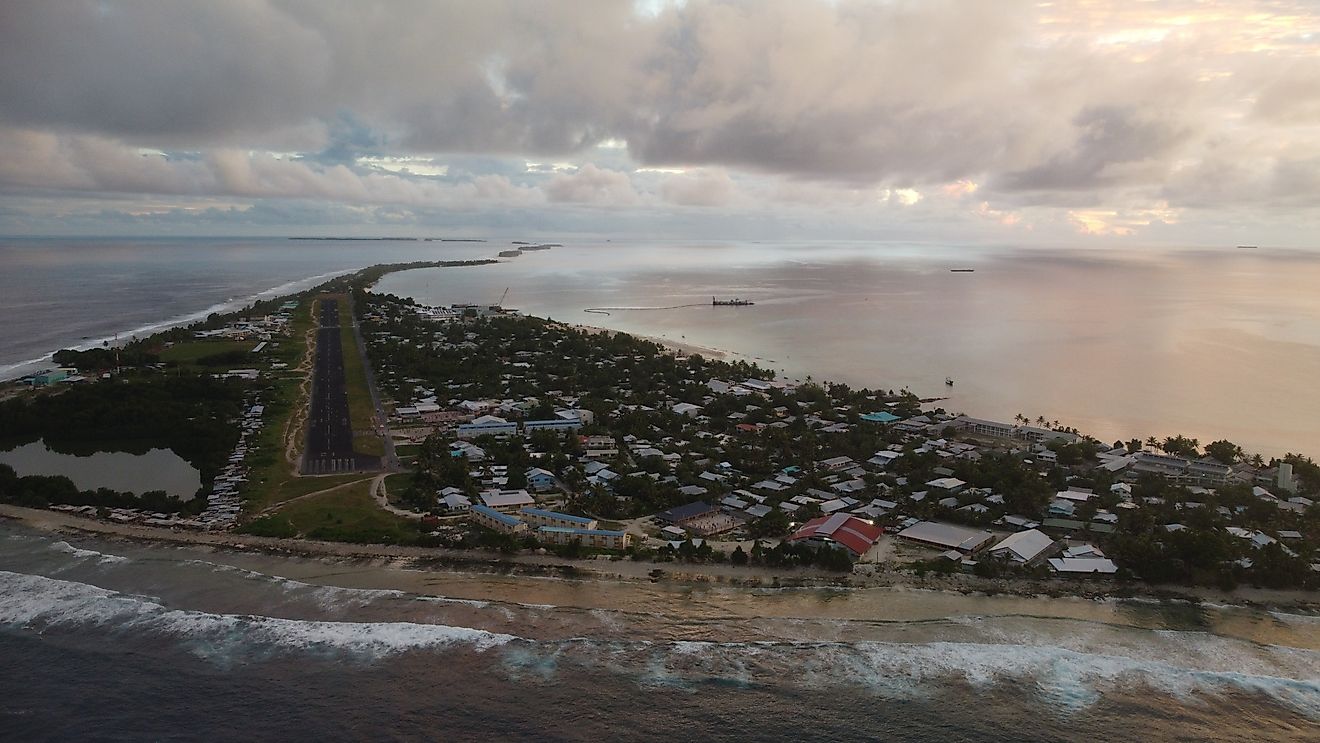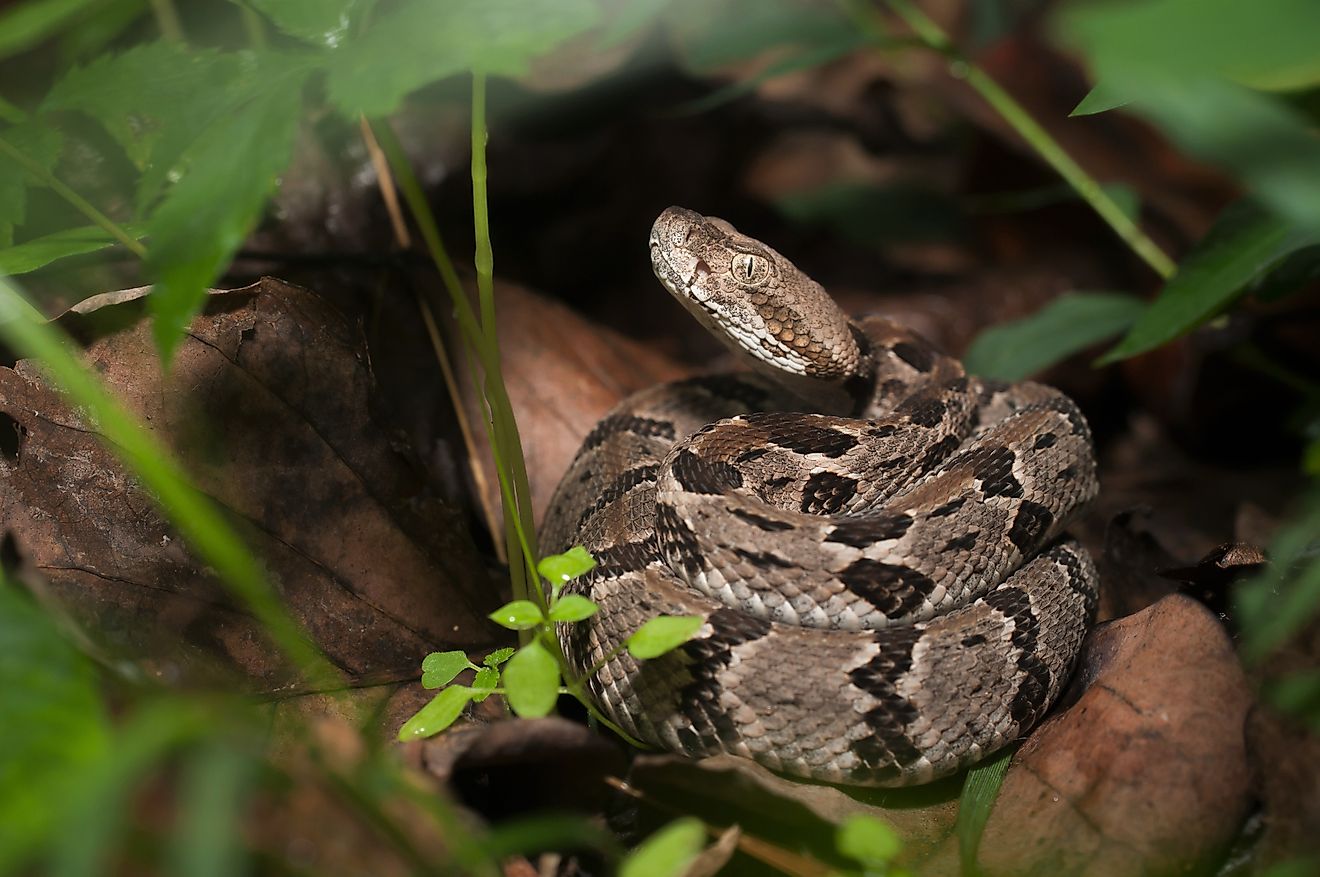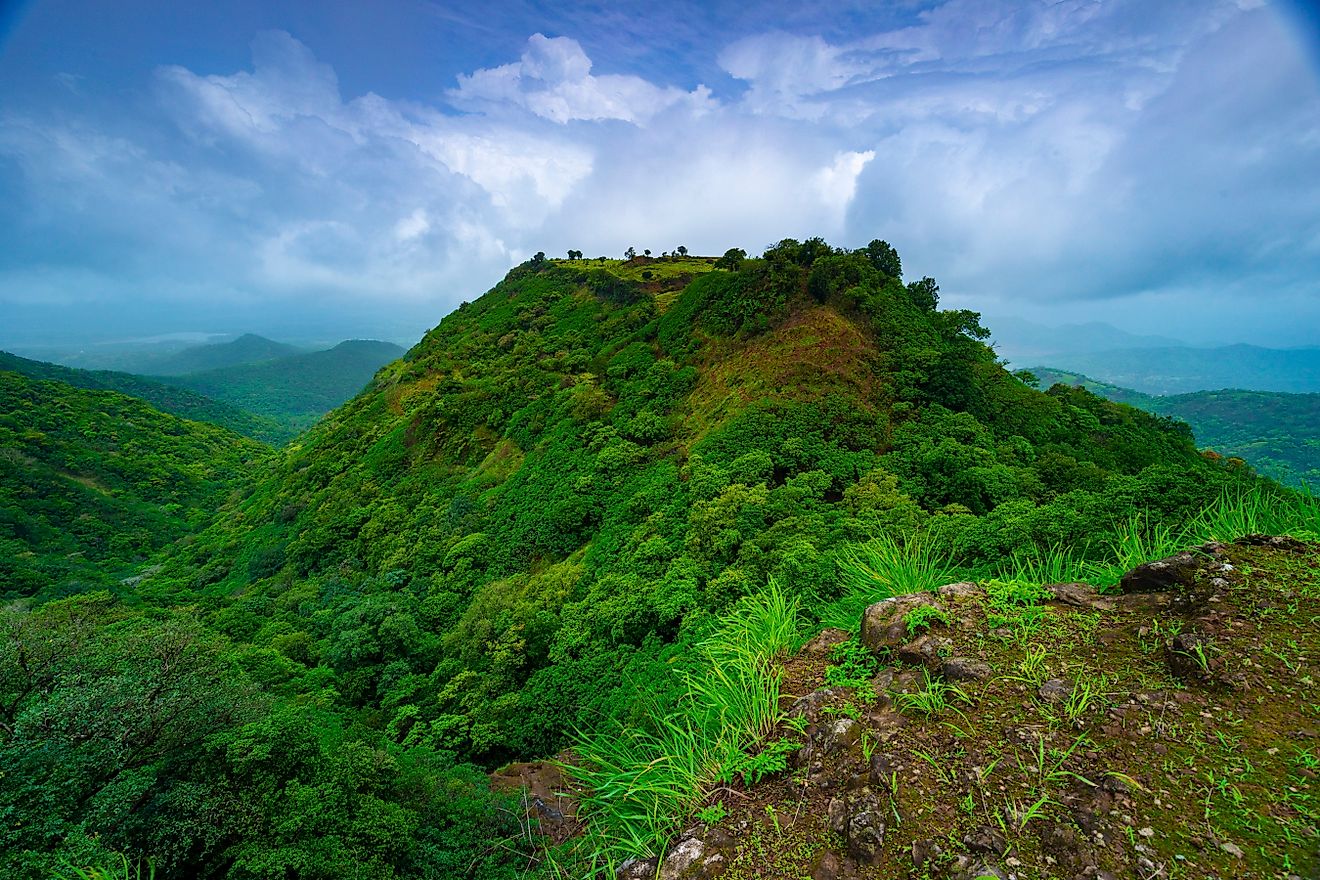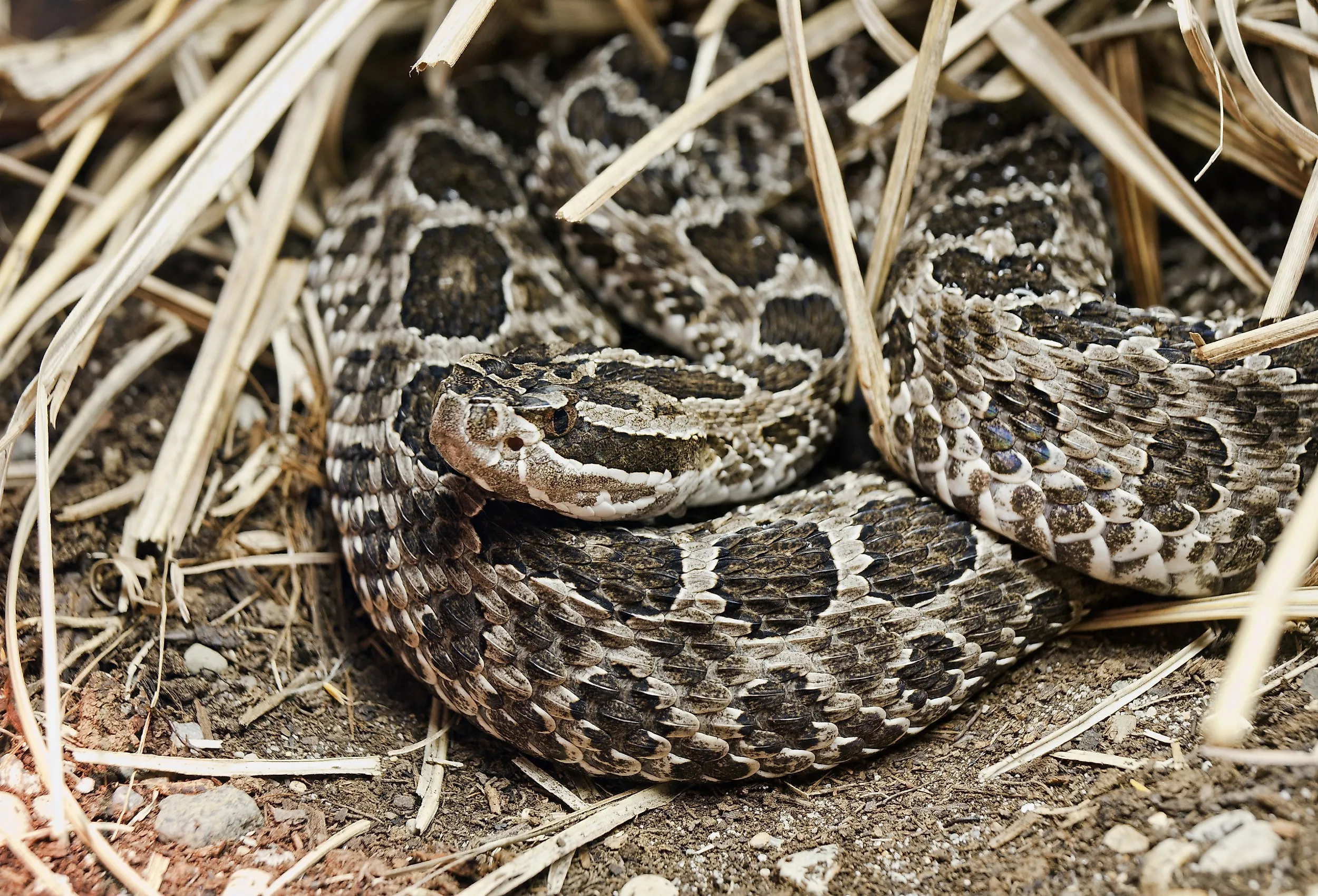
The Most Snake Infested Lakes in Indiana
Indiana, also known as “The Hoosier State,” is an abode of outdoor scenery, thanks to outdoor landmarks such as Clifty Falls, Indiana Dunes, and the Brown County State Park. In particular, the state’s bodies of water stand out, from the massive Lake Michigan to the cascading Ohio River. These sites offer endless recreational activities, attracting tourists from far and wide.
However, along with humans, these areas, especially lakes, are home to plenty of wildlife that you need to keep an eye out for. Snakes are among these animals, and Indiana is home to more than 30 native species of snakes, out of which four are venomous. To this end, tourists should know which species of snakes live in which lakes to ensure their swimming, boating, or fishing experience is safe. Be prepared when diving into Indiana's most snake-infested lakes, so you know what to look for when having waterside fun.
Lake Michigan
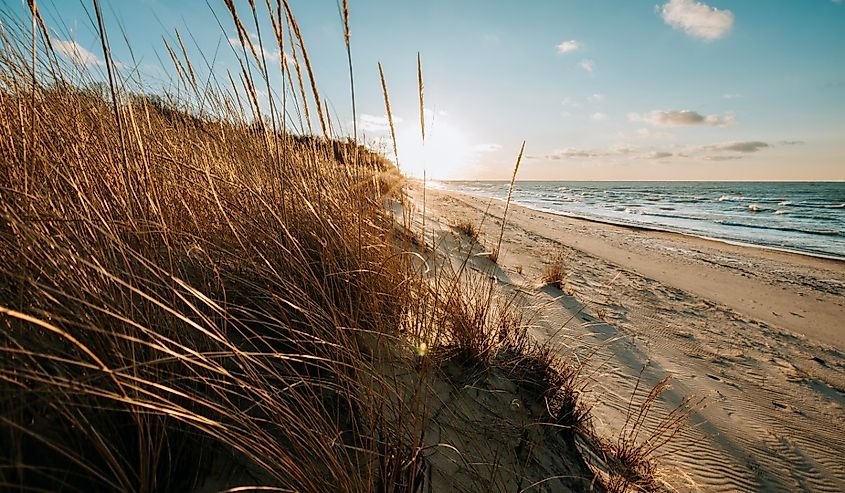
Starting with a bang, Lake Michigan is one of North America’s famous Great Lakes. Spanning 22,404 sq miles (58,030 sq km), it is the third-largest of the Great Lakes and a popular spot for recreation. This is thanks to an array of waterside parks, such as the Indiana Dunes State Park, known for its beachside views, hiking trails, and notable dunes. In total, Lake Michigan covers 235 square miles (609 sq km) in Indiana, so there is ample space for boating, kayaking, swimming, and more.
Along with being ideal for recreation, the prominent coastline and outdoor areas are also prime habitats for many species of snakes. Around 10 species of snakes are believed to reside in and around Lake Michigan, including the common garter snake, blue racer, northern watersnake, and the Eastern massasauga.
While most of these species are non-venomous, the Eastern massasauga is one to watch out for as it is one of America’s most venomous species. This pit viper ranges from 24 to 30 inches (60 to 75 cm) long and has a grey coloration with large dark patches. A bite from this snake can lead to clotting, internal bleeding, severe pain, and more. As it is a good swimmer, it is always essential to keep an eye out for any Eastern Massasauga snakes. Thankfully, the local population is quite slim, and they aren’t known to be very aggressive in the water.
Patoka Lake
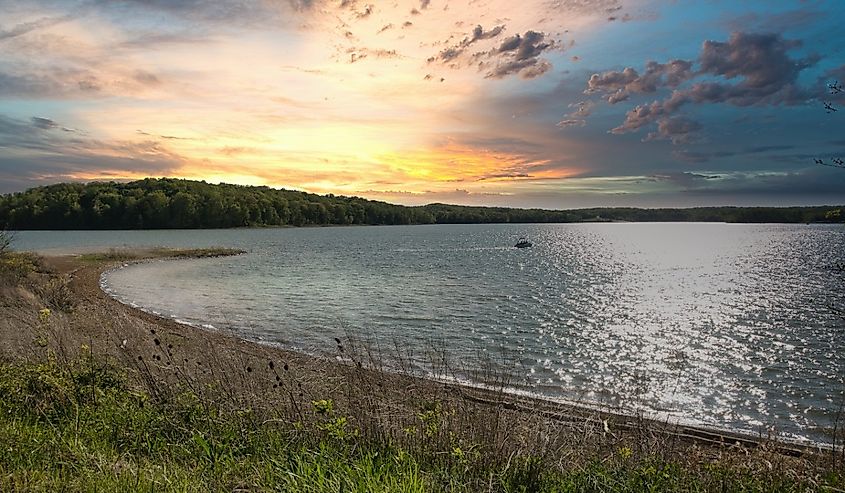
Patoka Lake is a scenic body of water nestled in Southern Indiana near the Hoosier National Forest. This reservoir was created in the late 1970s by the creation of the Patoka Lake Dam, a 145-foot (44 m) high earthen dam. Today, Patoka Lake is the second-largest reservoir in the state, with a surface area of nearly 9,000 acres. It is a popular destination for wildlife watching and fishing thanks to an abundant population of migrating birds and fish. Anglers, in particular, adore this lake for its bass, bluegill, catfish, and walleye population. Moreover, Patoka Lake boasts an archery range, boat ramps, hiking trails, swimming areas, and over 500 camping sites.
The Hoosier National Forest and Patoka Lake, along with fish and birds, serve as key breeding habitats for many Indiana snake species. The most common include the northern watersnake, the common garter snake, and the grey rat snake. You are likely to spot the northern watersnake in the water, as it is an excellent swimmer that can venture far from shore. Also called the black water snake due to its dark color, it can also be brown or reddish with dark crossbands along its body. Although non-venomous, northern watersnakes may bite if threatened, and their saliva contains an anticoagulant that can cause bleeding. Fortunately, bites are seldom serious, so it’s best to keep a safe distance from these swimming snakes.
Monroe Lake
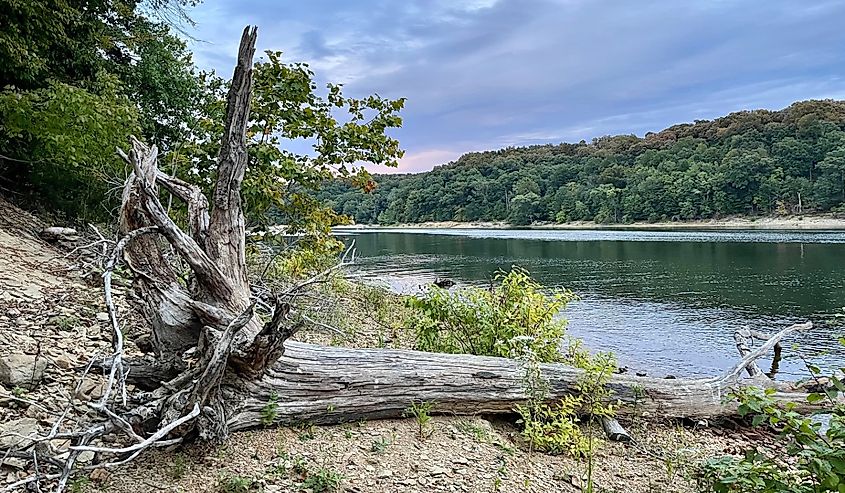
Monroe Lake, Indiana's second-largest reservoir after Patoka Lake, is also known for being heavily infested with snakes. It hosts a variety of snake species, including the common garter snake and the timber rattlesnake. The timber rattlesnake is particularly noteworthy because it is one of Indiana's only venomous, water-associated snakes. This pit viper can reach lengths of up to 60 inches (152 cm), featuring a yellowish-brown color with darker zig-zag crossbands. Often regarded as one of North America’s most dangerous snakes, it is known for its potent venom and long fangs. A bite can lead to symptoms such as blood loss and nerve damage, which may rarely be fatal. Fortunately, these snakes usually warn by rattling loudly when threatened, providing you with an alert to keep your distance.
As long as you steer clear of the snakes, Monroe Lake offers an ideal spot for waterside recreation in Indiana. Spanning 10,750 acres, it’s popular for boating and waterskiing, with many visitors enjoying the water. In winter, ice fishing becomes the main activity, with excellent locations for catching fish and taking outdoor Instagram photos.
Brookville Lake
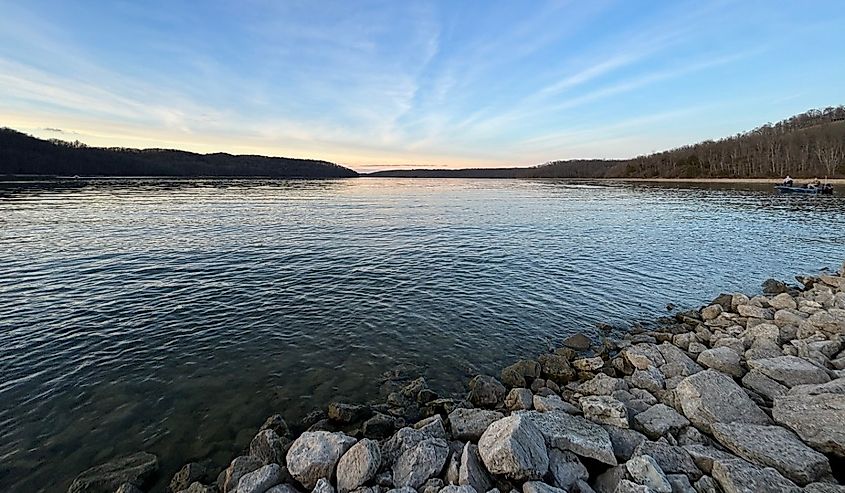
Brookville Lake is one of Indiana’s man-made reservoirs, created by an earthen dam in 1974. The dam stands 181 feet (55 m) tall and channels the East Fork of the Whitewater River, ensuring a constant water flow. Covering over 5,000 acres, the lake offers ample space for various activities like fishing, boating, hunting, and hiking. Nearby Mounds State Recreation Area adds scenic coastal views for visitors. Due to its abundant fish and lush shores, Brookville Lake has a high snake population. A notable incident in 2022 involved two boaters discovering a dead, 4.5-foot-long snake with a fish in its mouth. This was likely a northern watersnake, common in the area, though its size was unusual. Other reported snakes include the eastern garter snake and Dekay’s brown snake, both small, non-venomous species that pose little threat.
Indiana's lakes provide beautiful outdoor experiences, but they are also home to various snake species, both venomous and non-venomous. Whether it's the eastern massasauga in Lake Michigan, the northern watersnake in Patoka Lake, or the timber rattlesnake in Monroe Lake, these snakes are vital parts of their ecosystems. While exploring these waters, staying informed and cautious will help ensure a safe and enjoyable adventure amid Indiana’s natural beauty.
